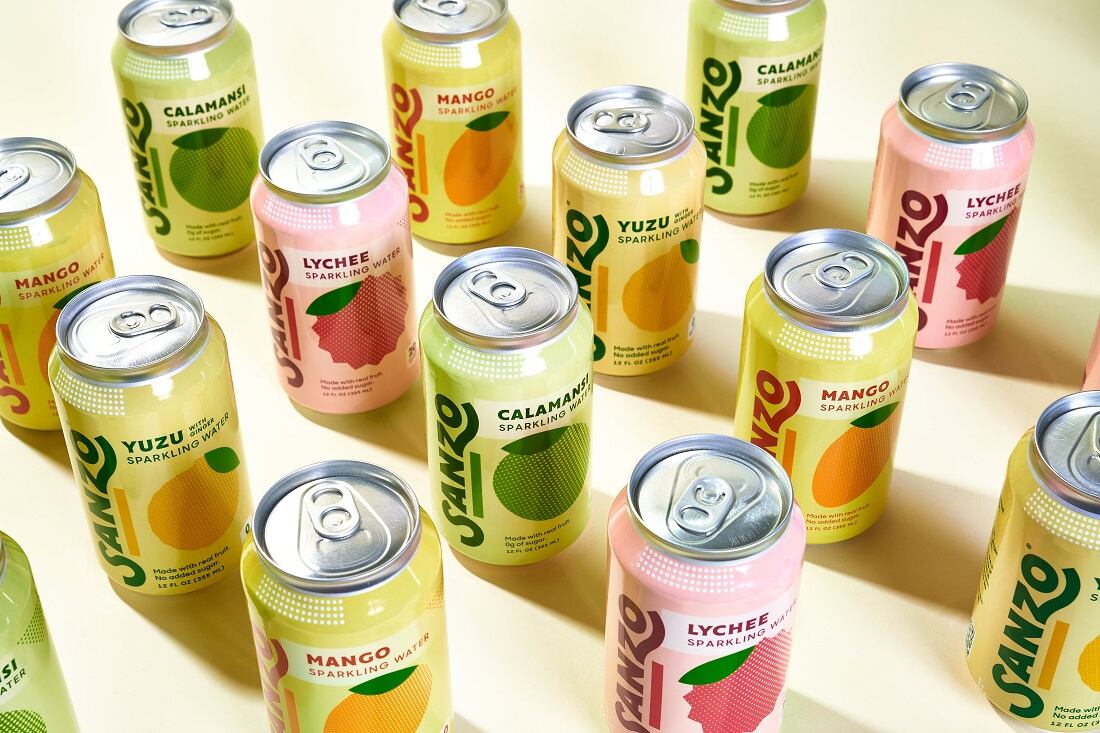As a simple comfort for most consumers, demand for dessert categories was highest in 2020-2021 during the pandemic. Flavor innovation, on the other hand, was less expansive as companies and brands buckled down to focus on the basics of keeping their business afloat.
“Trust, familiarity and nostalgia which anchored strong sales in 2020 are still key assets to dessert and confection manufacturers, as desserts benefit from powerful sensorial associations as well as cultural ones," said Michele Scott, associate director of food and drink at T. Hasegawa.
However, interest in new and unexpected flavors among younger generations is driving the desserts and confections category forward, noted Scott.
"Consumers— especially Gen Z and Millennials—are also looking for more flavor innovation, healthfulness, functionality and, in a context of rising inflation, value, from desserts and confections. Balancing continuity and change for different consumer groups and taking inspiration from diverse sources can all help invigorate the category.”
Younger consumers are more likely to be swayed to try a new flavor in a dessert or confection at the mention of 'internationally inspired', 'limited-time flavor', or if recommended on social media, according to consumer research of 1,965 online respondents.
"Interest in trying more diverse, unusual flavors and ingredients, including from Latin and Asian cuisine, is strong," said T. Hasegawa.
When it comes to specific dessert flavors, Gen Z and Millennials are far more likely to have tried flavors such as red bean, spirulina, gulab jamun, ube, passion fruit, dragon fruit,and marionberry than older generations.
For instance, 145 of Gen X respondents responded that they have tried or at least are familiar with dragon fruit in desserts and candy vs. 39% of Gen Z and Millennials.
"When it comes to new flavor trial, older consumers are more likely to seek out small portion sizes, which can be promoted as a healthier way to try new indulgences In contrast, younger consumers, Gen Z and Millennials are far more likely to also be driven by social media recommendations, reinforcing the value of this tool for engaging young people and parents. They are also more likely to be inspired by international flavors and by functional benefits," noted T. Hasegawa in its report.
Flavor exploration: In-home vs. out-of-home
In terms of where consumers are trying new and unique desserts and confections flavors, in-home indulgent purchases dominated most of 2020 and 2021 sales.
In 2022, consumers began to return to dining out leading to a decrease in at-home dessert and confections purchases in favor of away-from-home eating creating challenges for retail.
Specific sectors such as baked goods and frozen desserts/ice cream are experiencing headwinds as consumers are dining out more while chocolate and sugar confectionary products are performing better at retail.
However, there are opportunities to promote the sensorial and flavor exploration of desserts, candy, and baked goods by promoting certain functional and healthy attributes, according to T. Hasegawa.
"Showcasing high-protein, plant-based treats and those with more functional, nourishing ingredients can encourage consumers to see them as a pleasurable part of a balanced diet, not as an indulgence. Consumer interest may also be sustained by diversifying formats, textures and tastes, especially finding ways to balance nostalgic tastes and more inventive ones," said the company.
Trending flavors: Latin and Asian-inspired cuisine
Tropical fruit flavors—papaya, lychee, dragon fruit—have become more common in candy, sorbets, and ice creams. Other flavors that are well-established in Asia and Southeast Asia—taro, ube, yuzu, lotus seed, tamarind, mung bean and red bean—are less well-known in the US, and still largely found in Asian markets. Some flavors such as Taro are best known to younger consumers through milk tea flavors served with boba.
"Asian restaurants can be leaders in introducing new flavors in desserts either in traditional or hybrid formats, combining tastes and ingredients from Asian cuisine with more American ones," said T. Hasegawa.

"Latin American tastes and flavors are also making their way into ice cream and yogurt flavors in food service," noted T. Hasegawa.
Latin flavors found in some ice creams, sorbets, and gourmet chocolates rolled out in 2022. Desserts offered in Mexican restaurants integrate additional Latin American tastes and products, sometimes combining these with more traditional American ingredients such as cheesecake, caramel, marshmallow or meringue.
A place for nostalgia
While younger consumers may be driving international flavor exploration, there's still a place for nostalgic, feel-good flavors in desserts and confections, the company pointed out.
Nearly half (46%) of consumers surveyed like desserts that remind them of their childhood and 37% enjoy desserts with a twist on the familiar. T. Hasegawa's research singled out pumpkin spice (associated with the fall and winter holidays), birthday cake (a feel-good taste of family/childhood), and s’mores (evoking summertime adventures and campfires) as among the most prominent.
Chocolate and nut flavors have remained the top two leading sub-categories in launch activity throughout the 2019-2022 period. Fruit flavors have moved up to the third flavor category by launch activity, displacing sugar, and presenting more opportunities for better-for-you positioning in the desserts and confections, noted the company.




